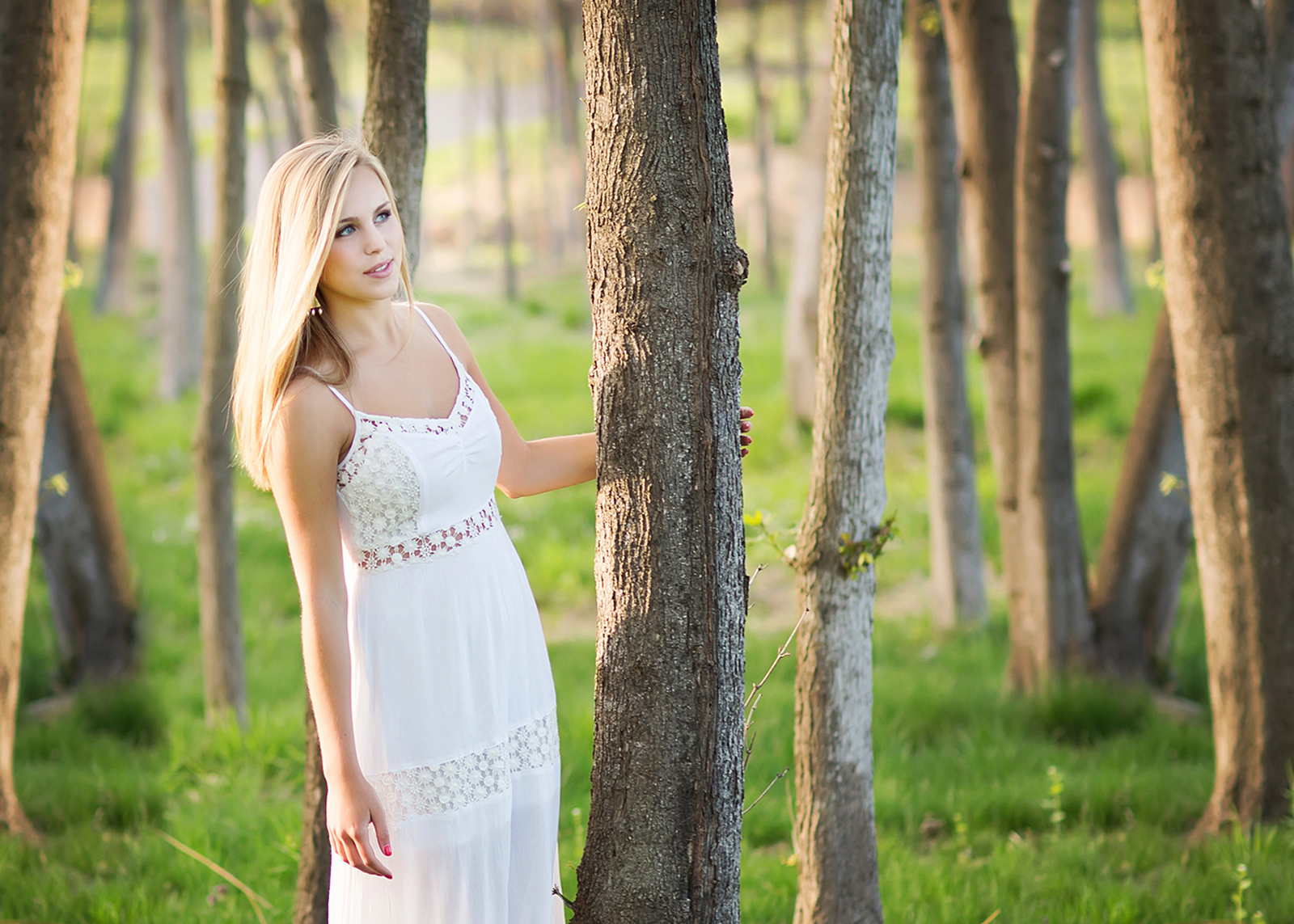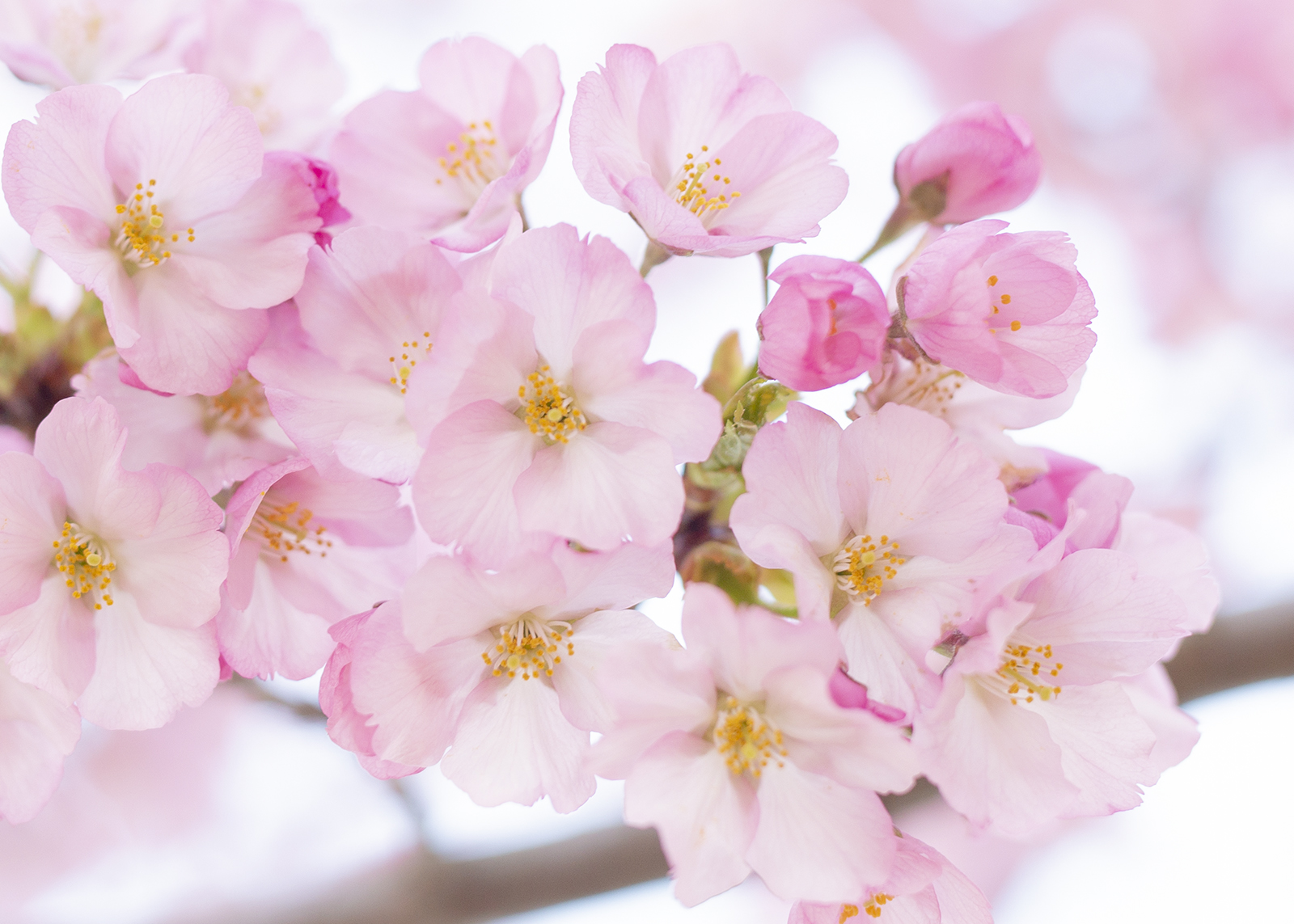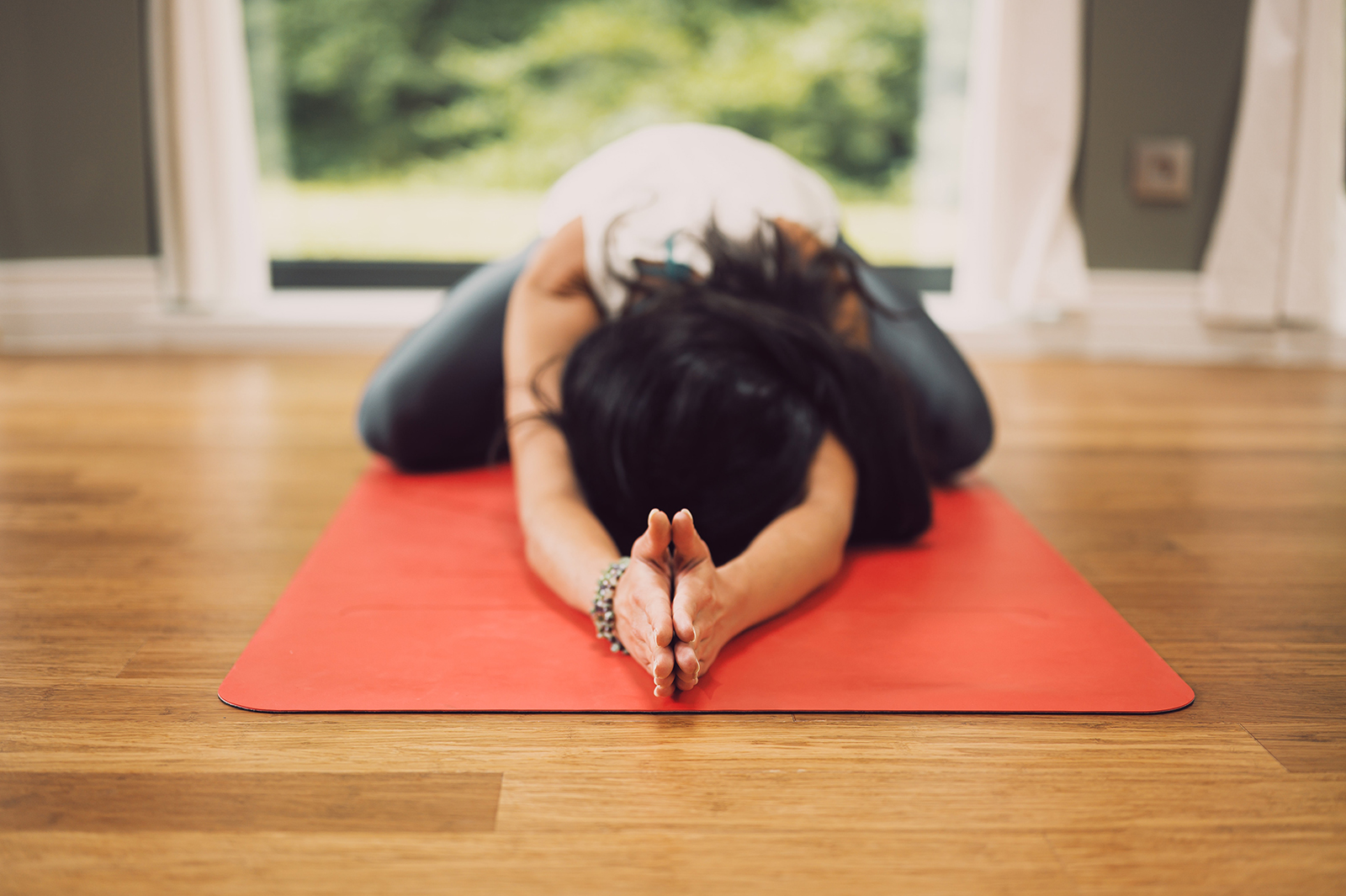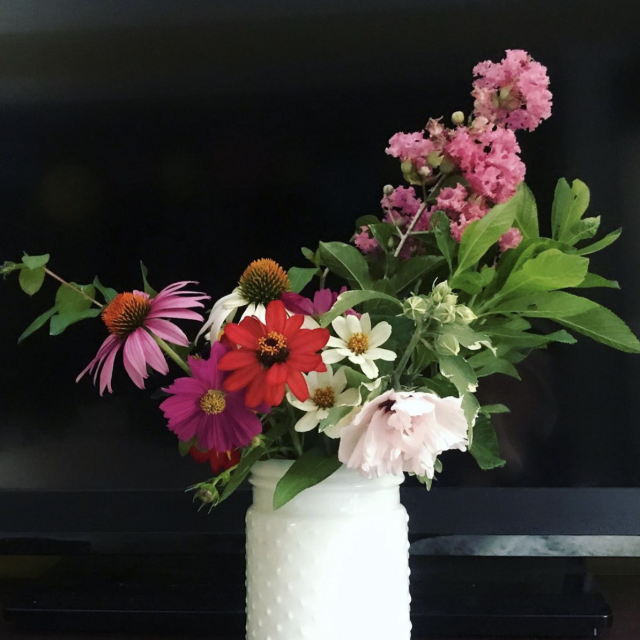When I was a child walking home from school, I used to rest under a cherry tree halfway up a hill, lying flat on my back. I loved looking at the branches above me with the sky behind them. And in the spring, there was nothing more delightful than being showered by flower petals when the wind blew.
So when I first heard about Shinrin-Yoku, or “forest bathing” as a cornerstone of preventive health care and therapy in Japan, it made perfect sense to me. No, a forest bath doesn’t involve soap and water, it means making time to fully experience the appreciate the natural beauty of trees.
Small children instinctively love trees, they notice the different kinds and the different shapes of leaves and they climb them and hug them and name them. As we get older and spend more time indoors, that connection gets broken, unless a tree does something unexpected, like come down in a storm or grow to be over 100 feet tall.
Many studies (NIH summary here) have shown, however, that forest bathing can improve well being substantially by lowering blood pressure, slowing your heart rate, reducing the stress hormone cortisol, and just making you feel happy. This is especially true if we are like most Americans who spend up to 90% of our time inside!
Ready to get started so you can reap some of those benefits?
How to Take a Forest Bath.
Location.
Purists will say that the forest needs to be dense with a thick tree canopy, but others say that any natural area or park with trees, or even a tree in your yard will work and I agree. The trees don’t even have to have leaves — even in winter I’ve experienced the benefits of Shinrin-Yoku.
Quiet and Stillness.
It’s hard for most of us to have complete silence in the modern world, especially if we live in a city or suburb. But there are things we can do to make our forest bath more peaceful. First and foremost, turn off your cell phone, especially notifications! Secondly, no conversation. The forest bath is not about connecting with others as much as it is about connecting with ourselves and with nature. Finally, see if you can find a spot to just sit still for a few minutes.

Pace.
A forest bath is not the same as running or hiking in the woods, regardless of how beneficial those activities are. A forest bath is about slowing down so that you can contemplate and fully experience your surroundings. This is best done by sitting or walking slowly and mindfully. If you are walking, be sure to pause now and then to look around and see what grabs your attention.
Involve Your Senses.
When you learn how to take a forest bath, it can be hard initially to still your mind so that you can be present and grounded in the experience. One of the best ways to do this is to involve all of your senses, beginning with observation.
Let your eyes scan your environment and truly notice what you see. Look at the patterns all around you, in the leaves, the trees, the flowers. See the textures, the rough textures of tree bark or the smooth texture of rocks and stones. Observe the light as it filters through the tree canopy and casts shadows on the floor of the forest.
Bring in your hearing. Is there a creek nearby, or a river? Do you hear birds in the trees? Animals rustling in bushes? The leaves of trees dancing in the breezes?
What about your sense of smell. What do you notice? Deepen your breathing and explore the variety of scents surrounding you. Can you name any of the smells? Do you enjoy them?
Time.
The more time in the woods the better! The Japanese recommend several hours but I’ve never done that myself. And honestly even ten minutes will provide some benefits. If you can’t make a special trip to a park or the woods, try sitting under a tree in your yard. In the summer I often start my morning with a cup of coffee outside under my crepe myrtle tree.
Repetition.
This is the idea of “place-tending” or returning to the same place to see how it changes with the seasons. It can increase your well being by giving you a sense of connection to the natural world and its rhythms.
So now that you know how to take a forest bath, why don’t you open up your calendar and schedule one?
Let me know how it goes!
Did you like this post? You might enjoy my newsletter too!











